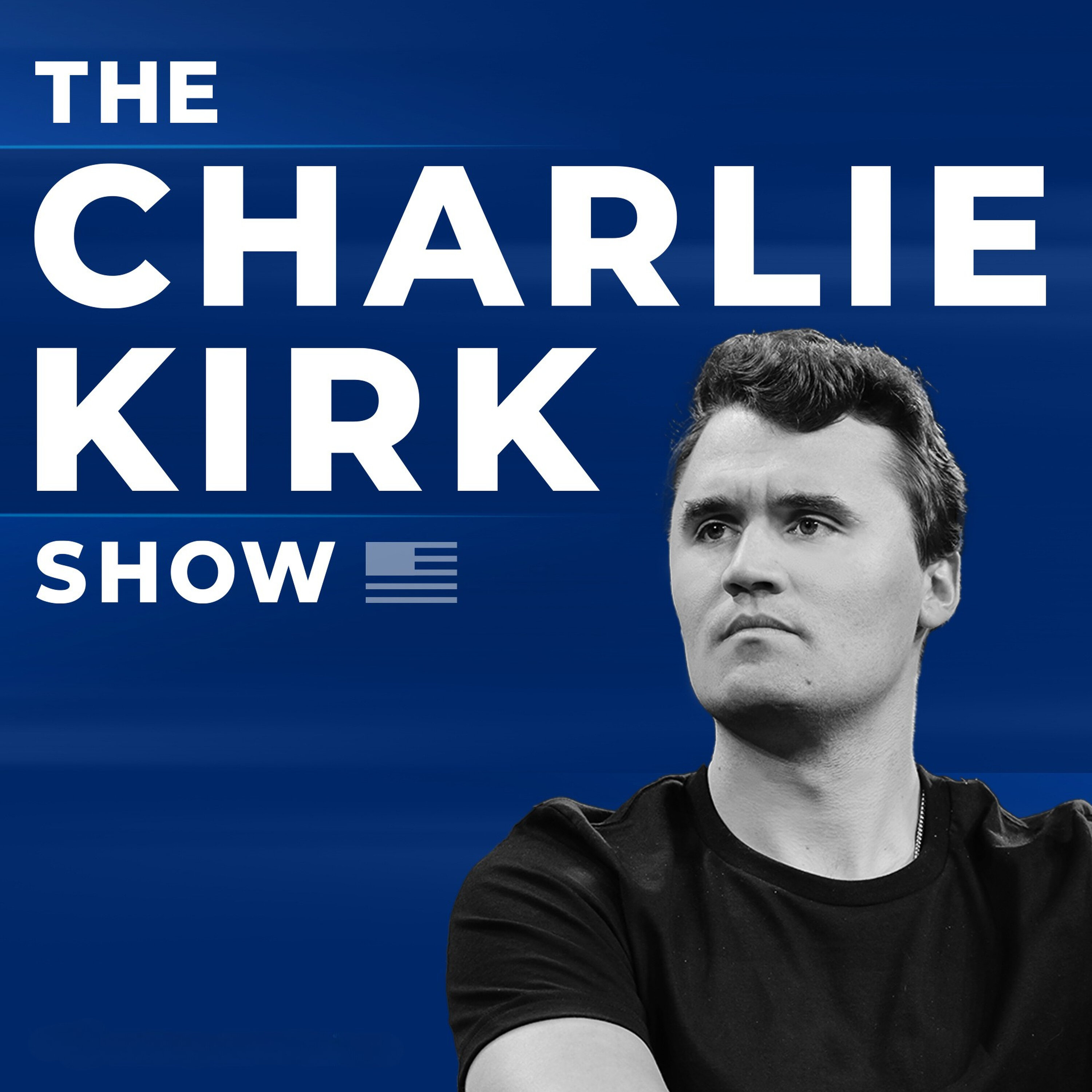
The Last Vigil Before Polls Close

The Charlie Kirk Show
Deep Dive
Why is Wisconsin considered a key state in the election?
Wisconsin is crucial due to its electoral votes and historical significance in presidential elections. It has a mix of urban and rural areas, making it a battleground for both parties.
How does the weather in Wisconsin affect voter turnout?
Adverse weather, like heavy rain, can deter voters from going to the polls. Clear, mild conditions encourage higher turnout, which was a concern initially but has improved.
What is the significance of early voting in Wisconsin compared to 2020?
In 2020, there was no effective ground game for early voting. This year, there has been a focused effort, leading to higher early voting numbers and a more balanced turnout.
How are rural counties in Wisconsin performing in terms of voter turnout?
Rural counties are seeing a significant increase in returned absentee ballots, with some reporting a 163% increase compared to the previous election cycle.
What is the current situation in North Carolina regarding voter turnout?
North Carolina is reporting long lines in heavy rural areas, similar to trends seen in Wisconsin and Arizona. This indicates strong Republican support in key areas.
How does the mood in the Eric Hovde camp reflect the overall sentiment in Wisconsin?
The Hovde camp has picked up momentum, with strong turnout in Republican strongholds like Pewaukee. This suggests a positive outlook for Republican candidates in the state.
What role does ballot curing play in the election process?
Ballot curing involves correcting errors or omissions on absentee ballots to ensure they are counted. It is crucial in close races to maximize the number of valid votes.
Why is the use of outside groups in election campaigns important?
Outside groups can provide sustained support beyond individual campaigns, ensuring continued efforts in down-ballot races and maintaining a presence in critical states.
How does the experience of first-time voters impact the election?
First-time voters, especially those over 30, can significantly influence the outcome, as their participation was not anticipated in traditional models and can swing results.
What is the significance of the female vote in the election?
The female vote is crucial, particularly among working-class women who may lean Republican. High turnout among this group can offset potential losses in other demographics.
How does the urban core vote typically behave in elections?
Urban cores often see increased turnout as the day progresses, with voters coming out after work. This can boost Democratic numbers in key urban areas.
What challenges does the Harris campaign face in motivating key voter groups?
The Harris campaign struggles to motivate young black and Hispanic voters, which is critical in states like Nevada. This lack of enthusiasm can impact overall turnout.
Why is Pennsylvania considered a difficult state to predict in the election?
Pennsylvania has diverse voting patterns across its regions, making it hard to predict. Urban areas like Philadelphia and Pittsburgh can swing results, complicating forecasts.
How does the turnout in rural versus urban areas impact the election outcome?
Higher turnout in rural areas, which tend to favor Republicans, can offset lower turnout in urban areas. This dynamic is crucial in close states like Wisconsin and Pennsylvania.
- High early voting return rates in Republican areas of Wisconsin.
- Long lines reported in rural areas of North Carolina.
- Increased voter turnout in rural Wisconsin compared to 2022.
- Largest conservative ballot curing operation in Wisconsin.
- Focus on getting out the vote, especially among low-propensity voters.
- Significant number of first-time voters, particularly in Wisconsin and Arizona.
Shownotes Transcript
Polls close in a matter of hours. Where is turnout high? Where is it low? How do things look in Pennsylvania, Nevada, and beyond? Charlie and the crew talk to Brett Galaszewski, Rich Baris, and more, and read a mountain of election-day emails, because right now, all we can do is wait.
Support the show: http://www.charliekirk.com/support)
See omnystudio.com/listener) for privacy information.